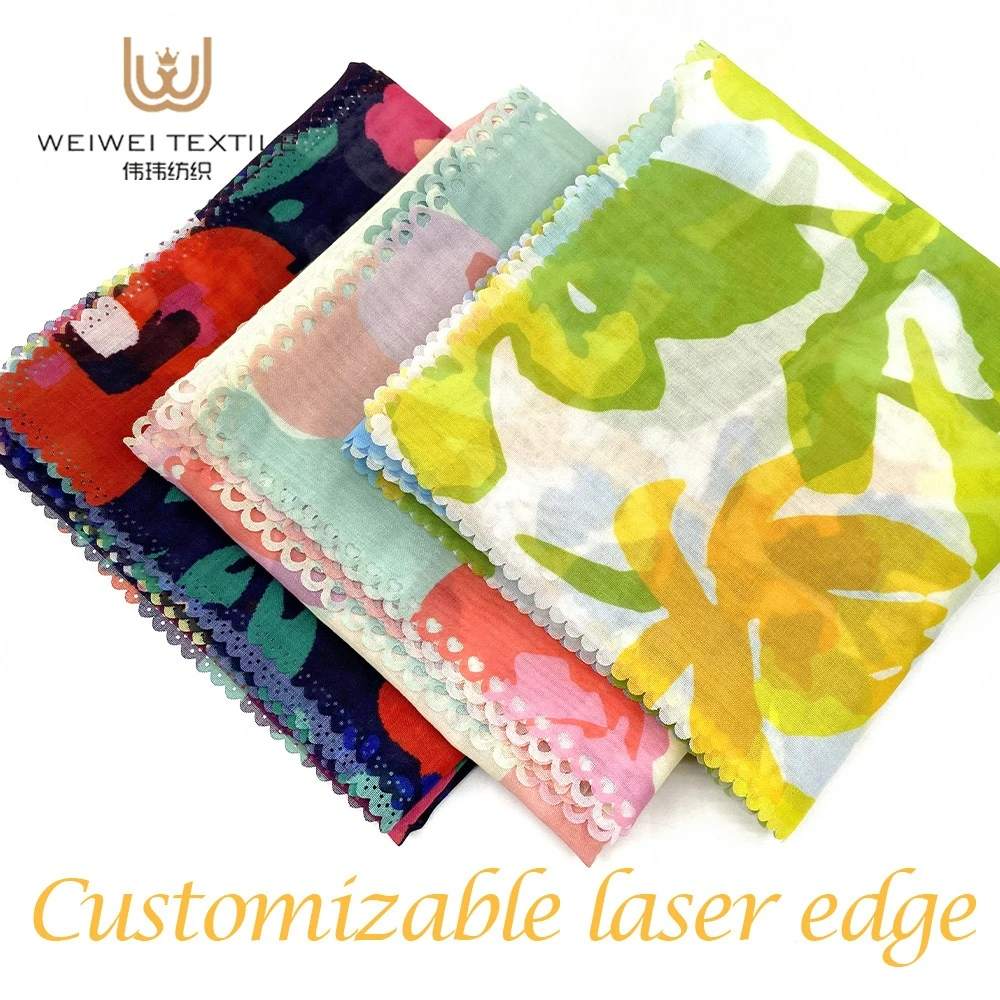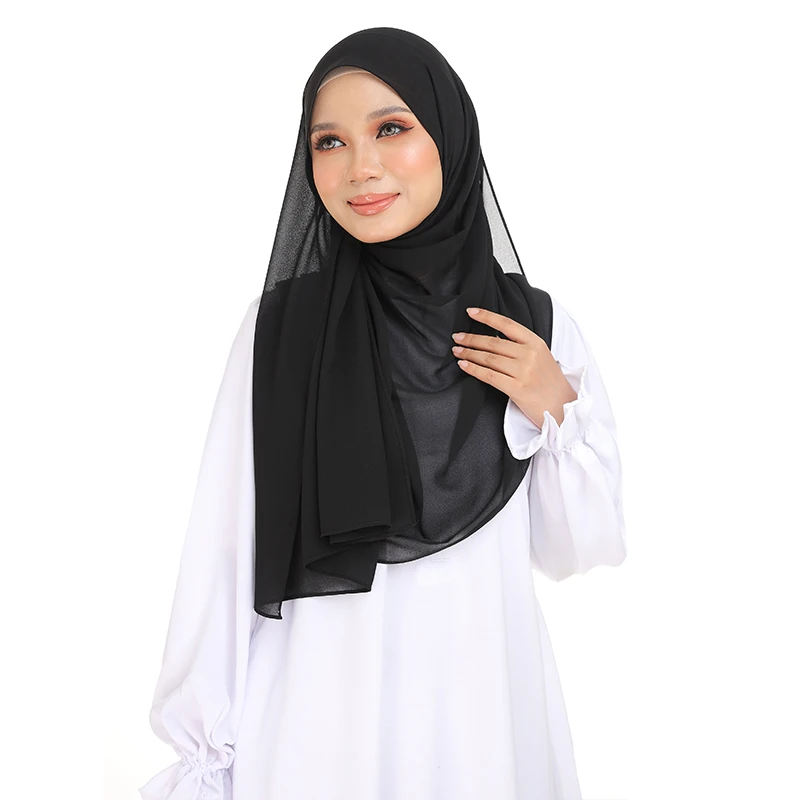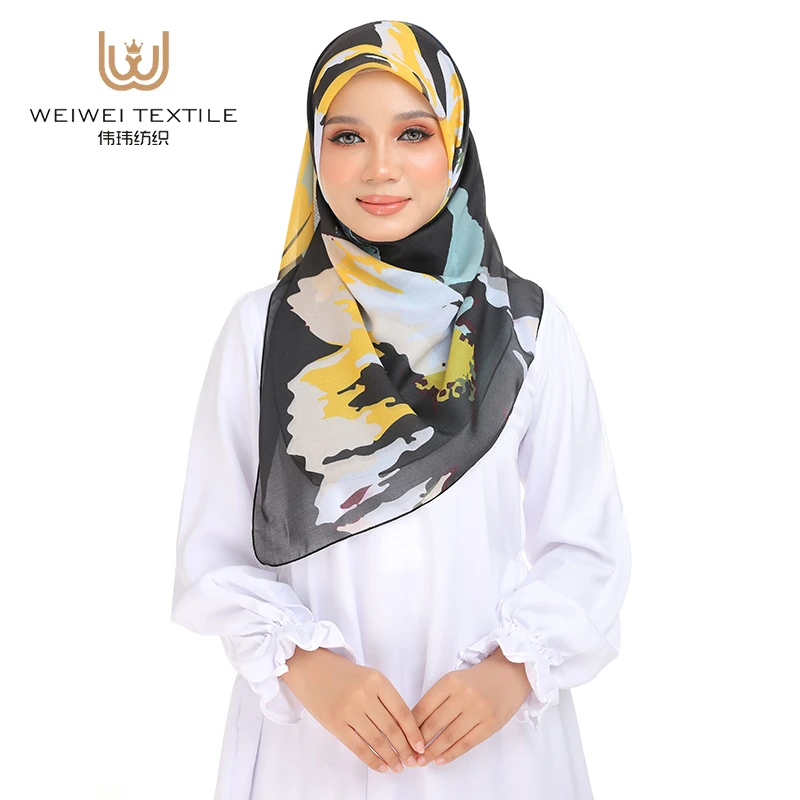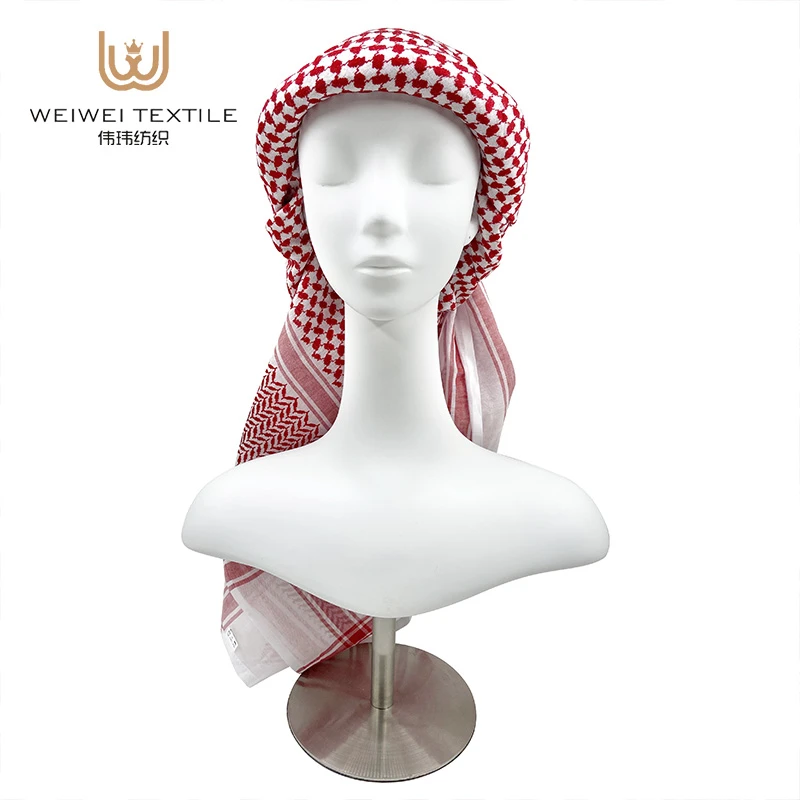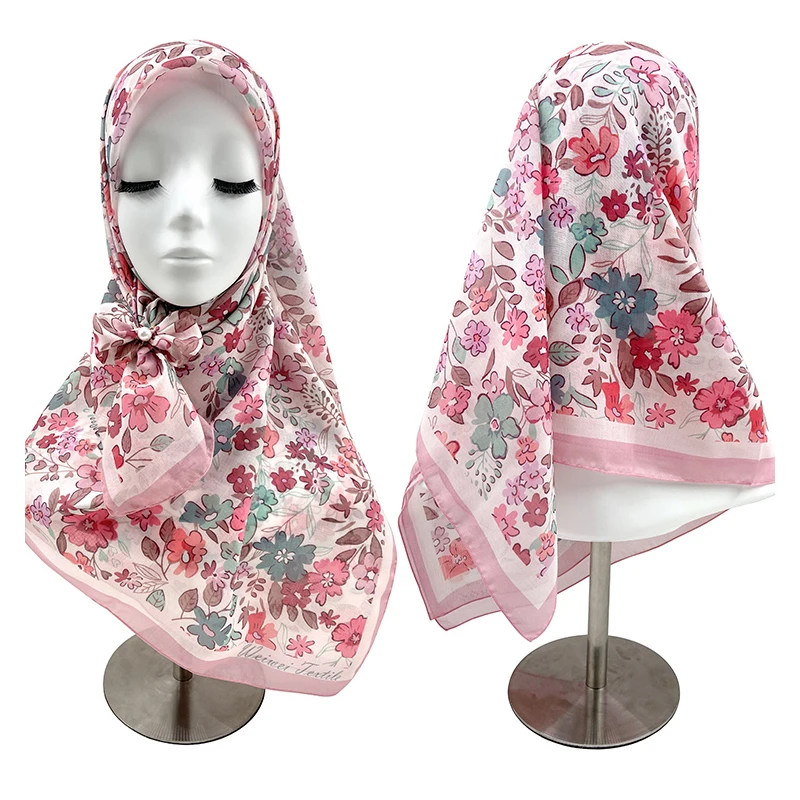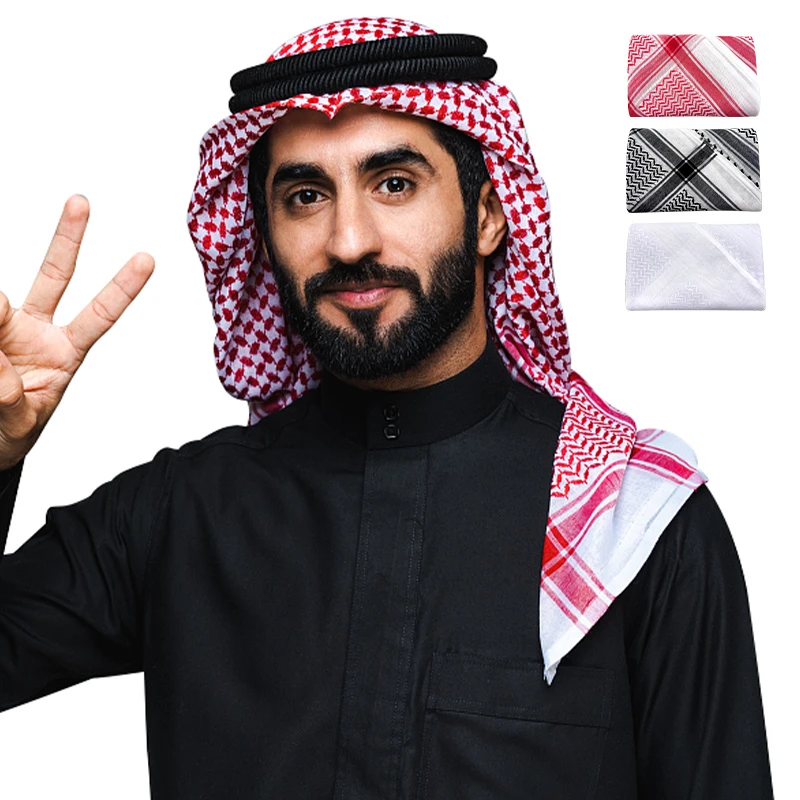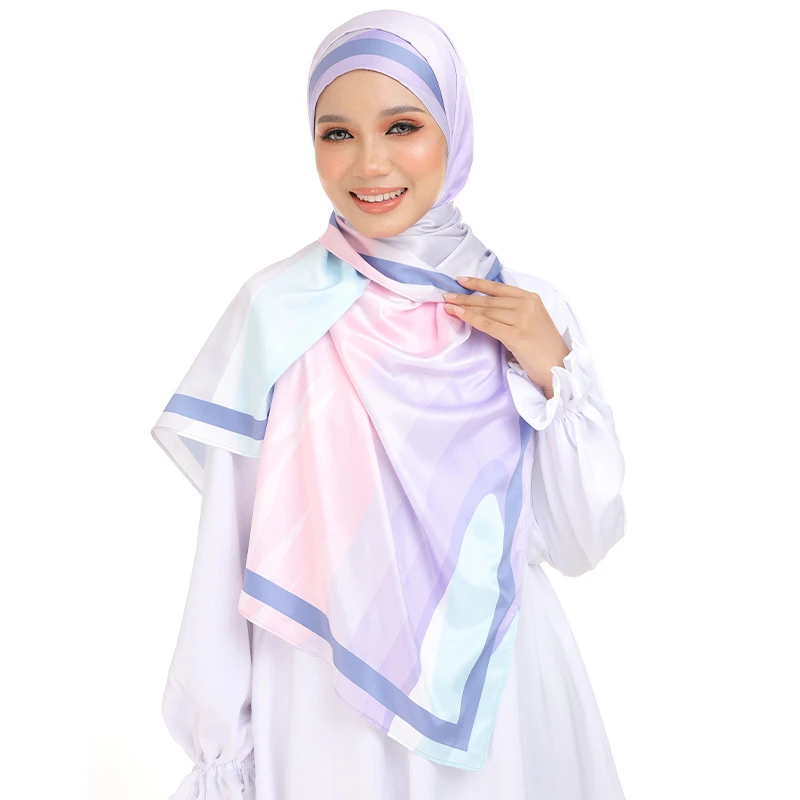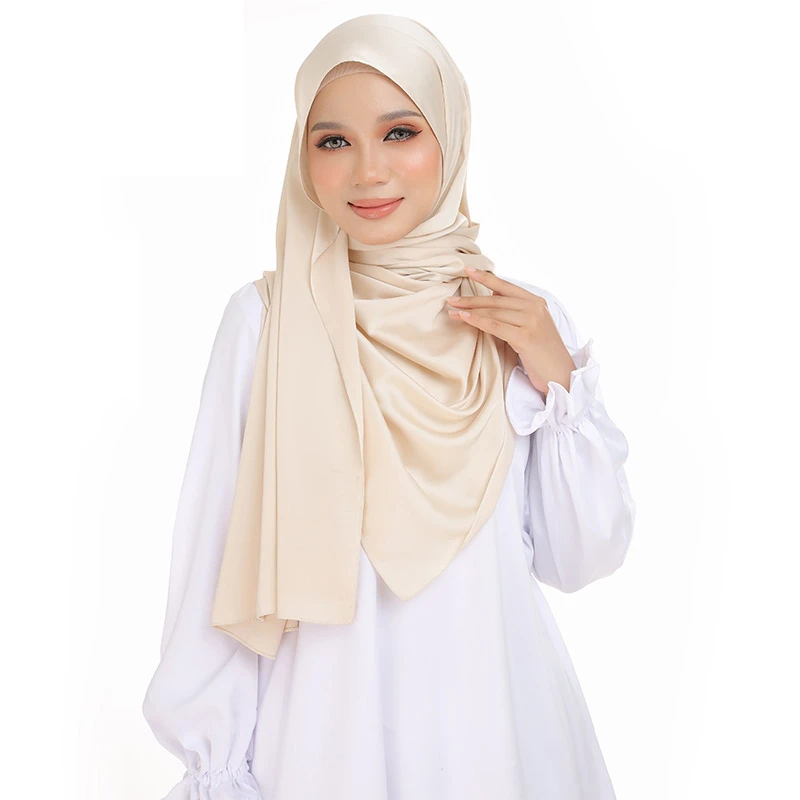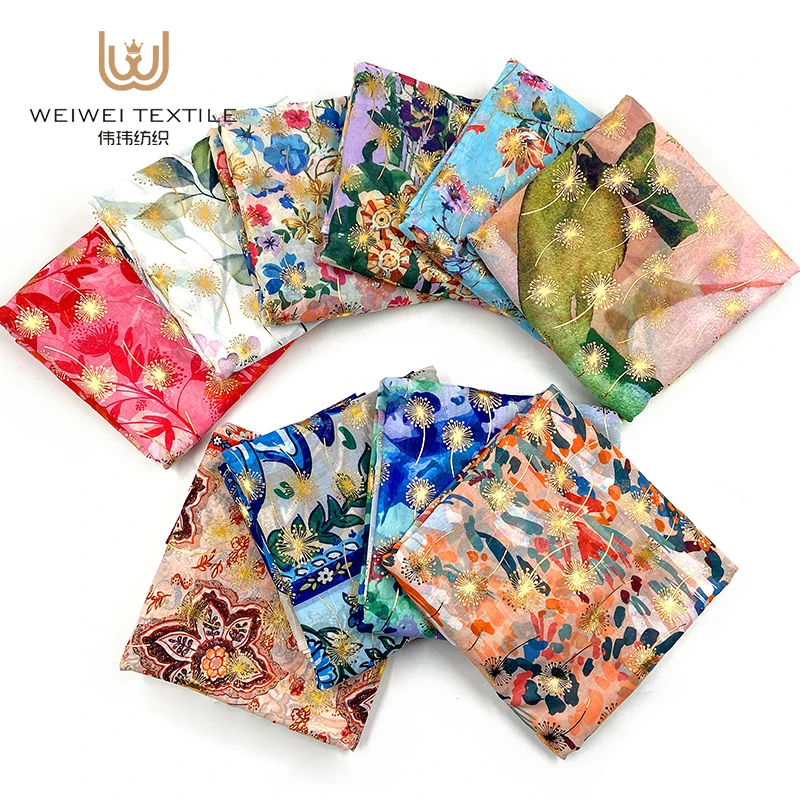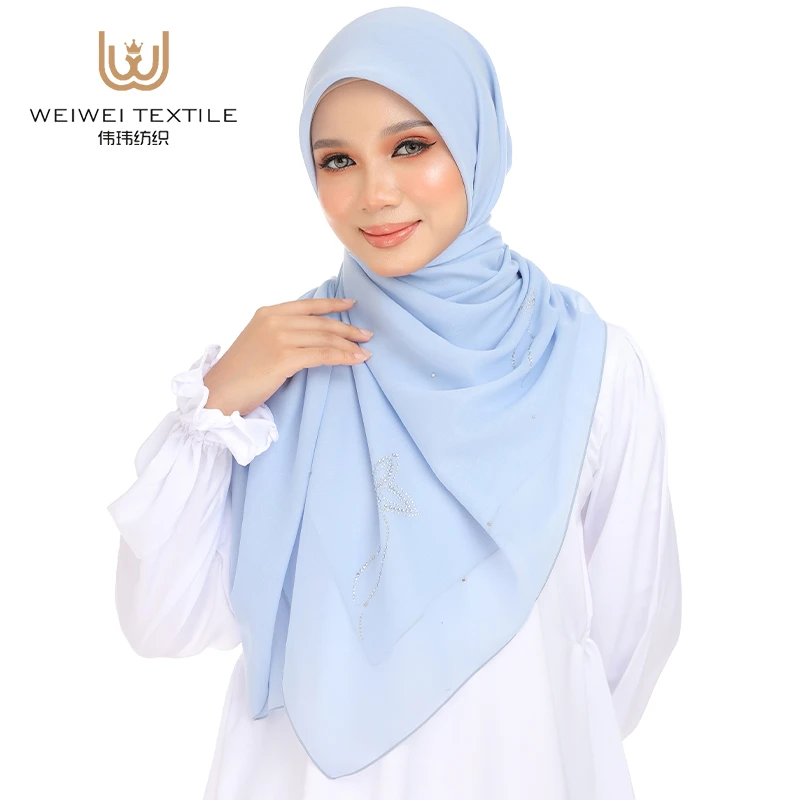Aug . 07, 2025 11:39 Back to list
Eco-Friendly Fabrics and OEM Printing Techniques for Sustainable Muslim Women’s Hijabs
In today’s fashion industry, sustainability and cultural sensitivity are becoming increasingly important. For Muslim women, the hijab is not just a piece of fabric—it’s a symbol of faith, identity, and modesty. As demand for eco-conscious clothing grows, manufacturers are turning to sustainable materials like 100 cotton voile, cotton silk voile fabric, and cotton voile to create comfortable, breathable, and environmentally friendly hijabs. Combined with OEM printing techniques, these fabrics allow for beautiful, customizable designs while minimizing environmental impact. This article explores the benefits of these materials and how they contribute to sustainable fashion for Muslim women.
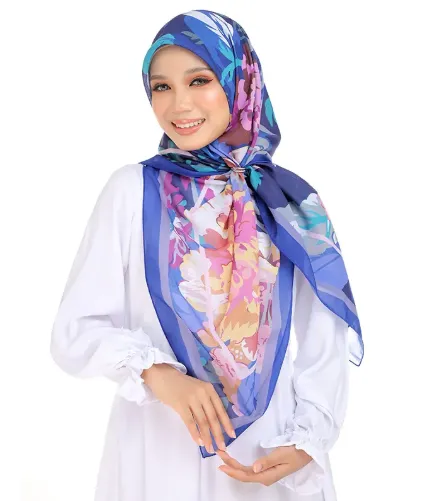
Benefits of 100 cotton voile for Sustainable Hijabs
100 cotton voile is a lightweight, breathable fabric that is perfect for hijabs, especially in warmer climates. Its natural fibers allow for excellent airflow, reducing discomfort during extended wear. Unlike synthetic materials, 100 cotton voile is biodegradable, making it an eco-friendly choice. Additionally, its soft texture ensures comfort while maintaining durability, so the hijab retains its shape and quality even after multiple washes. For Muslim women seeking a sustainable yet practical option, 100 cotton voile offers the perfect balance of functionality and environmental responsibility.
Why Cotton silk voile fabric is Ideal for Luxurious Hijabs
For those who desire a touch of elegance, cotton silk voile fabric combines the best of both worlds. This blend merges the breathability of cotton with the smooth, lustrous finish of silk, creating a hijab that feels luxurious while remaining eco-friendly. The cotton silk voile fabric drapes beautifully, offering a refined look suitable for both everyday wear and special occasions. Since silk is a natural fiber, it decomposes more easily than synthetic alternatives, aligning with sustainable fashion principles. Muslim women who prefer a slightly more polished appearance without compromising on comfort will find cotton silk voile fabric an excellent choice.
The Versatility of Cotton voile in Hijab Manufacturing
Cotton voile is a popular choice for hijabs due to its versatility and adaptability. Whether used in solid colors or printed designs, cotton voile provides a lightweight yet sturdy foundation that holds dyes and patterns well. Its semi-sheer quality allows for layering without adding bulk, making it ideal for different styling preferences. Moreover, cotton voile is easy to care for, resisting wrinkles and shrinking, which ensures long-lasting wear. By choosing cotton voile, manufacturers can create hijabs that cater to diverse tastes while maintaining sustainability.
How Cotton voile 92x80 Enhances Custom Hijab Production
The dimensions cotton voile 92x80 refer to a specific fabric width and length that optimizes hijab production. This size allows for efficient cutting and minimal waste, supporting sustainable manufacturing practices. The cotton voile 92x80 measurement ensures that each hijab has enough fabric for full coverage while remaining lightweight. OEM printing techniques can be applied seamlessly to cotton voile 92x80, enabling intricate patterns and vibrant colors without harmful chemicals. This combination of precise sizing and eco-conscious printing makes cotton voile 92x80 a preferred choice for brands committed to sustainability.
About Sustainable Hijabs FAQS
What makes 100 cotton voile hijabs more sustainable than synthetic ones?
100 cotton voile is made from natural fibers, which are biodegradable and require less energy to produce compared to synthetic fabrics. Unlike polyester or nylon, 100 cotton voile breaks down naturally, reducing environmental pollution. Additionally, cotton is a renewable resource, making it a more sustainable option for hijabs.
How does cotton silk voile fabric improve comfort in hijabs?
The blend of cotton and silk in cotton silk voile fabric offers superior breathability and a silky-smooth texture. This combination prevents overheating while providing a luxurious feel, making it ideal for all-day wear. The natural fibers also reduce skin irritation, ensuring comfort for Muslim women.
Can cotton voile hijabs be customized with OEM printing?
Yes, cotton voile is highly receptive to OEM printing techniques, allowing for vibrant, long-lasting designs. Eco-friendly dyes can be used to minimize environmental impact while maintaining the fabric’s softness and durability. Custom prints on cotton voile ensure unique, personalized hijabs without compromising sustainability.
Why is cotton voile 92x80 a preferred size for hijab production?
The dimensions cotton voile 92x80 provide optimal fabric utilization, reducing waste during manufacturing. This size ensures full coverage while keeping the hijab lightweight and easy to style. It also allows for efficient printing and cutting, making it a sustainable choice for bulk production.
Are these eco-friendly hijabs made from cotton silk voile fabric suitable for hot climates?
Absolutely. Fabrics like 100 cotton voile, cotton silk voile fabric, and cotton voile are designed for breathability, making them perfect for warm weather. Their lightweight and airy qualities help regulate body temperature, ensuring comfort even in high heat.
Sustainable fashion is no longer a trend but a necessity, and Muslim women deserve hijabs that align with their values of modesty and environmental consciousness. By choosing materials like 100 cotton voile, cotton silk voile fabric, and cotton voile, manufacturers can create hijabs that are both eco-friendly and comfortable. The use of cotton voile 92x80 further enhances production efficiency, minimizing waste. With OEM printing techniques, these fabrics can be transformed into beautiful, customizable pieces that respect both tradition and the planet. Investing in sustainable hijabs means supporting ethical fashion while honoring cultural heritage.
-
Why Choose a Chiffon Scarf? Lightweight & Breathable Benefits
NewsAug.07,2025
-
Trends in OEM Printed Muslim Women Hijab Fashion
NewsAug.07,2025
-
The Benefits of Choosing a Satin Scarf for Hair Protection
NewsAug.07,2025
-
Satin Scarf Outfits: From Casual to Elegant - A Complete Style Guide
NewsAug.07,2025
-
How to Tie a Voile Scarf as an Elegant Head Wrap
NewsAug.07,2025




